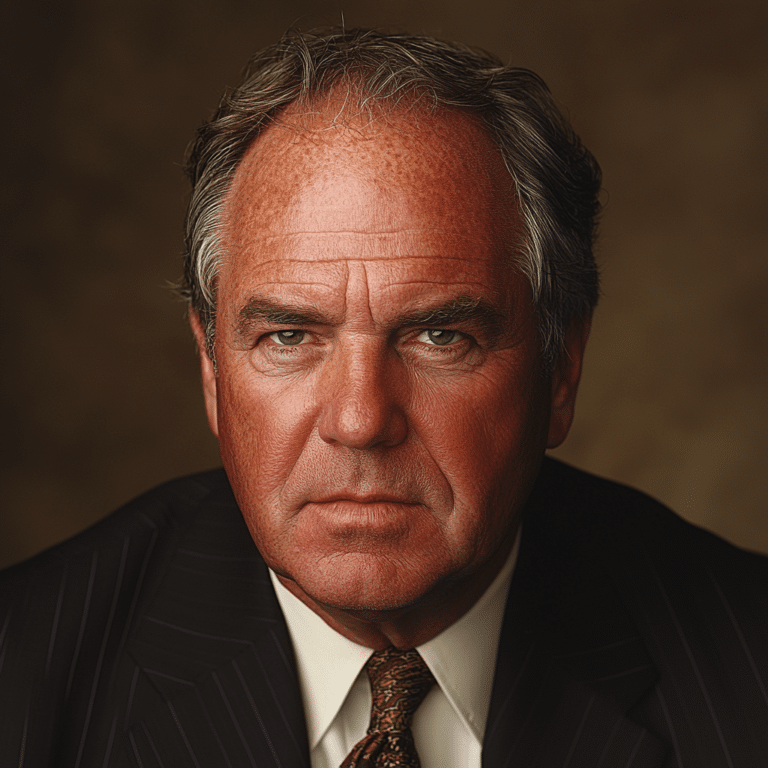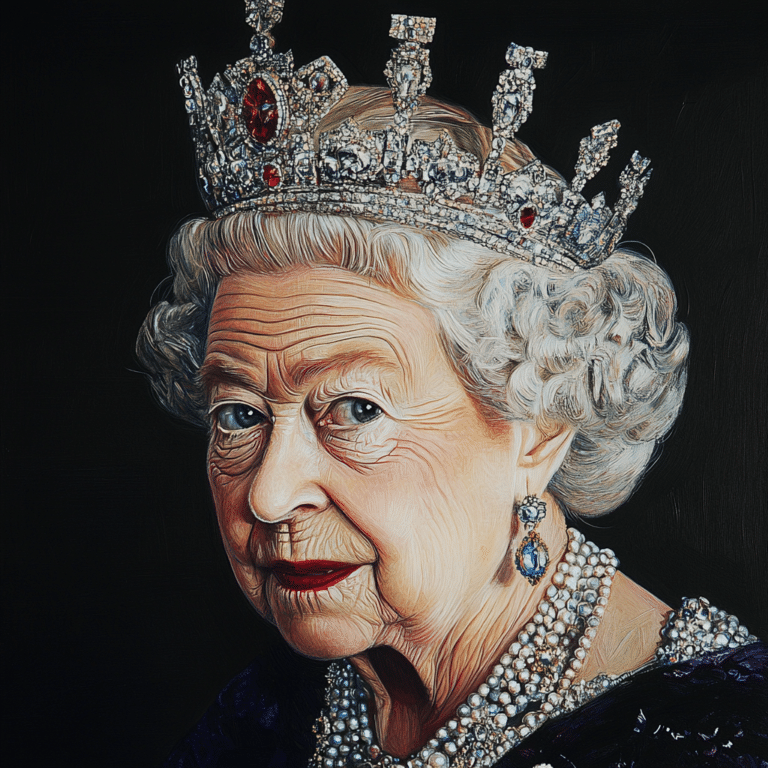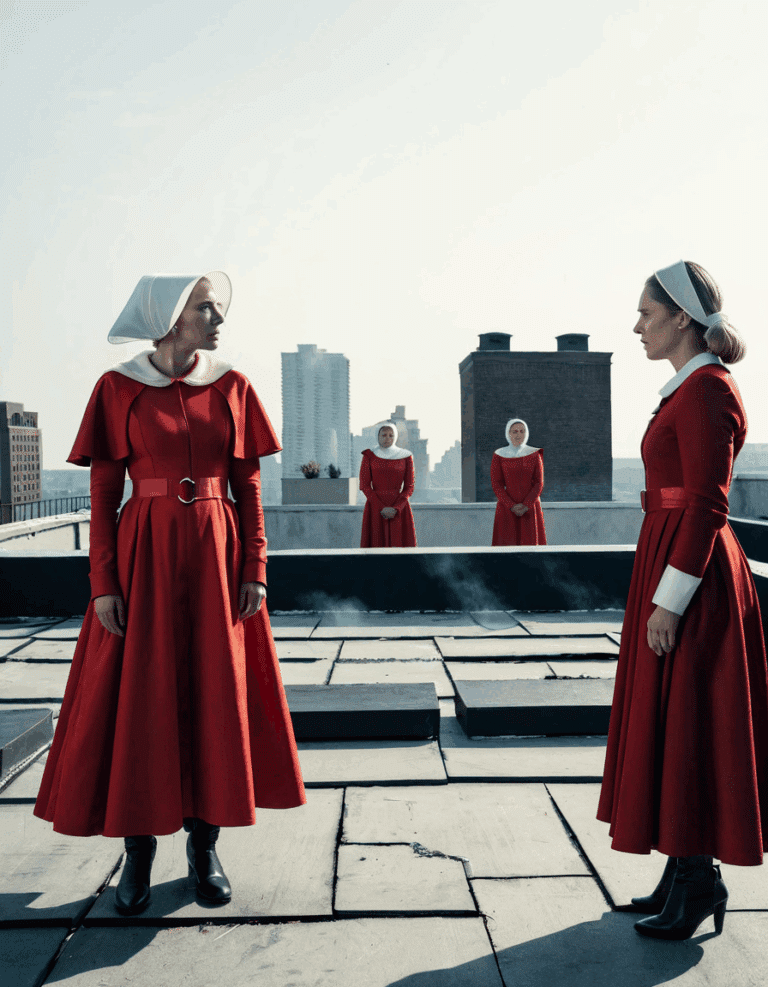When it comes to visual composition, the rule of thirds is like that trusty pair of brown Sambas you can always count on—it just never goes out of style. This fundamental guideline in photography and visual arts divides any image into a grid of nine equal parts by drawing two vertical and two horizontal lines. By placing key elements of your shot along these lines or their intersections, you create a sense of balance and dynamism. It’s a game-changer for those in filmmaking and photography, transforming simple images into visually engaging stories that resonate with viewers.
So, what’s the deal with the rule of thirds, you ask? Well, it encourages creators to think about spatial arrangement. When done right, it helps maintain viewer interest and guides their eyes through the image. It’s a fantastic way to highlight a subject while adding context to the scene. Trust me, tackling this rule will do wonders for your visual storytelling.
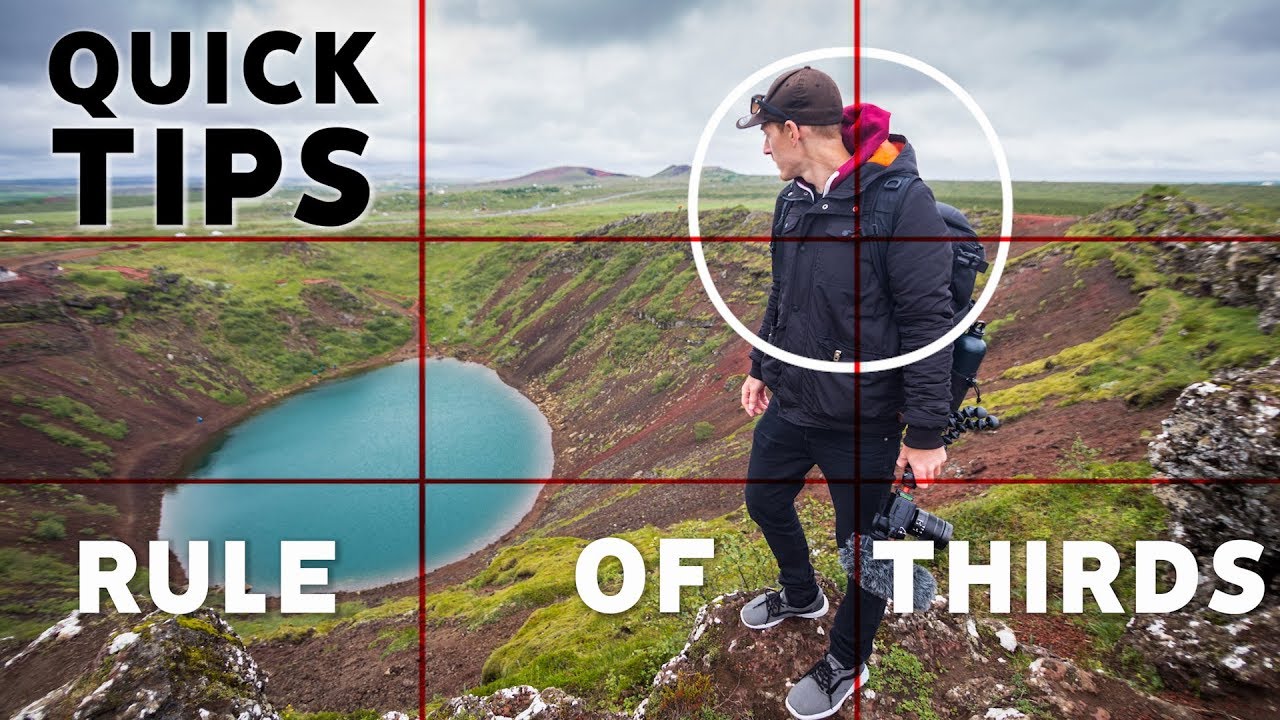
Top 7 Wild Cards: Unique Applications of the Rule of Thirds in Film and Photography
Let’s kick it off with the adrenaline-packed “Point Break.” In this unforgettable film directed by Kathryn Bigelow, the rule of thirds plays a critical role in those nail-biting surf scenes. By carefully positioning surfers and the frothing waves along the grid lines, Bigelow creates an exhilarating rush. You can nearly feel the ocean’s pull! This technique underscores the movie’s thrilling nature, pulling viewers right into the action.
Switch gears to “Siesta Key,” a reality show that’s pure eye candy. The producers frequently use the rule of thirds to juxtapose heartfelt interactions with scenic beach backdrops. When relationships blossom amid stunning sunsets, the emotion hits harder thanks to expert framing. It’s all about balancing the personal with the picturesque, creating a satisfying visual feast for the audience.
The “Final Destination” series takes the rule of thirds and kicks it up a notch. By placing characters at strategic grid intersections during pivotal moments, the filmmakers heighten the suspense and dread. The stark framing pulls viewers into a world where danger lurks around every corner. You wouldn’t want to doze off while watching, that’s for sure!
In “House of Cards,” the rule of thirds becomes a reflection of strategic power plays. Frank Underwood, portrayed with chilling mastery by Kevin Spacey, often occupies a grid intersection in key scenes. This strategic positioning zeroes in on his facial expressions, amplifying his cunning and manipulative nature. The power dynamics unfold visually in a way that has viewers on the edge of their seats.
Have kids? The animated show “The Numberblocks” cleverly uses the rule of thirds to create fun, educational visuals that keep young viewers engaged. Characters prancing around the screen aren’t just filling space; they interact and bounce off the background in vibrant compositions. The grid helps teach essential math concepts in a playful way, making learning an adventure.
Ever watched the Olympics? Sports photography employs the rule of thirds brilliantly, especially capturing those electrifying moments. Picture Simone Biles executing a perfect routine. By framing her precisely within the grid, photographers draw attention not just to her phenomenal skills but also to the cheering crowd, crafting a lively atmosphere that radiates achievement and excitement.
Nature documentaries, like those narrated by the legendary David Attenborough, are a treasure trove of the rule of thirds in action. When showcasing wildlife—like a pride of lions lounging in the Serengeti—the technique allows the surrounding environment to amplify the story. The lions, comfortably nestled in a grid intersection, become the focal point against a breathtaking backdrop, illustrating the relationship between the creatures and their habitat.

Running Point: Beyond the Rule of Thirds – Creative Adaptations
Now, here’s the fun part: while the rule of thirds is a splendid tool, many filmmakers bend or break the rules to achieve bold effects. Just think of Wes Anderson, whose visually stunning films often embrace symmetry. His quirky style shows that you can veer off the well-trodden path and still create engaging visuals. This goes to show that sometimes, to bring fresh ideas to the table, you need to break a few conventions!
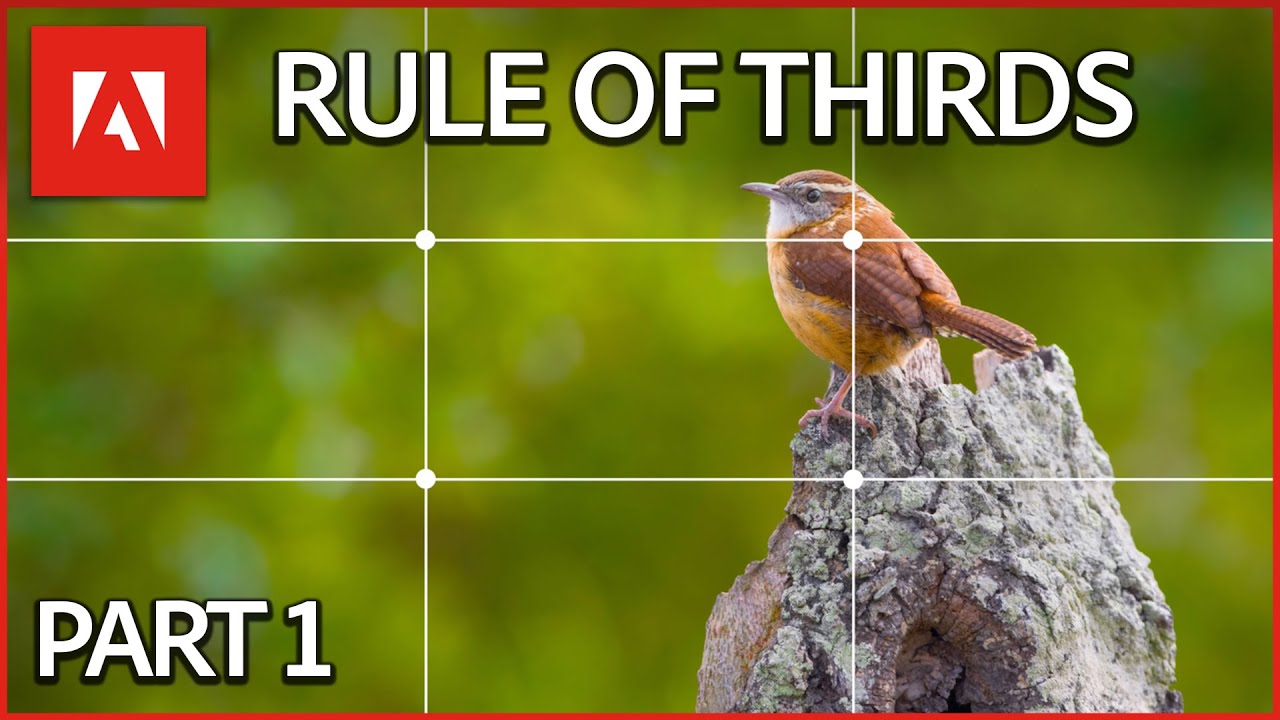
Final Thoughts: The Evolving Nature of Composition Techniques
Mastering the rule of thirds is both essential and an absolute thrill for anyone venturing into the visual arts. Although traditional methods are valuable, as technology and trends shift, so will the ways we interpret and employ compositional techniques. Whether you find joy in sticking to the rule or want to explore your creative flair by twisting it, understanding visual language will elevate your storytelling.
As you continue exploring and experimenting, remember that the rule of thirds is about finding your voice in the ever-evolving landscape of visual communication. So grab your camera, whip out that old film script, or start your next design project, and let those creative juices flow!
And remember, whether it’s capturing the perfect shot or framing that climactic scene in your indie flick, the rule of thirds can make all the difference. Happy shooting, folks!

Unraveling the Rule of Thirds
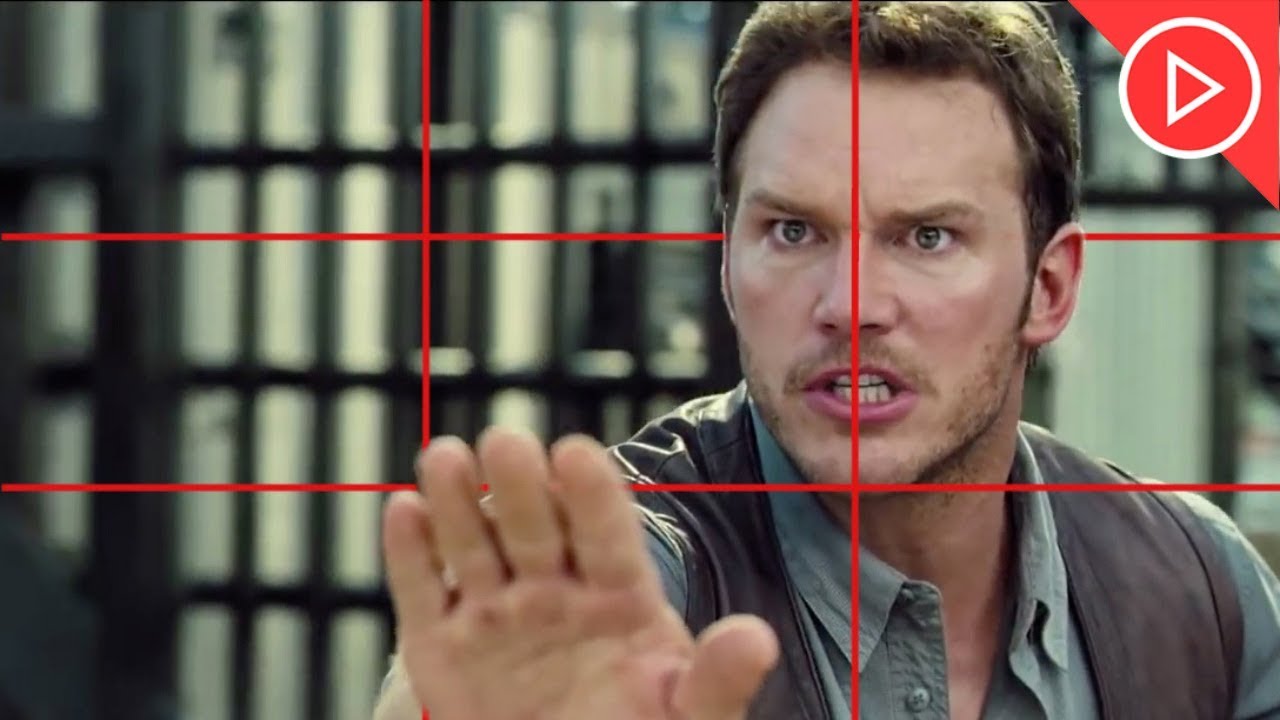
A Snap of History
Did you know that the rule of thirds has roots tracing back over two centuries? This compositional guideline began taking shape in the art world long before photography became mainstream. Artists like Claude Monet embraced this concept, strategically placing focal points to enhance balance. And speaking of balance, did you know that just as Eamonn Walker captivated audiences with compelling performances, the rule of thirds helps photographers capture the perfect moment? It’s all about creating depth and intrigue, kind of like finding the sweet spot between two characters in a Street Fighter battle.
The Visual Whizz
Now, let’s talk about execution. The rule of thirds divides your frame into nine equal sections using two horizontal and two vertical lines. By positioning key elements where these lines cross, you draw the viewer’s eye naturally into the shot. Just as Dylan Efron displays charm effortlessly on screen, a savvy photographer can evoke emotion through this simple technique. Meanwhile, if you’re shooting portraits, remember this tip: positioning your subject off-center could really make those eyes pop—akin to how a well-placed ad can influence audiences, much like the innovative designs of Hubble contacts that enhance every glance with clarity.
Break the Mold
While mastering the rule of thirds is key, some filmmakers achieve striking results by bending this rule. Iconic moments in cinema often capture scenes that deliberately defy this guideline, showing that sometimes, breaking rules leads to groundbreaking creativity. Just think of RuPaul‘s flair and how it shapes beauty standards; similarly, creativity thrives when there’s room for divergence. Plus, remember the height advantage that some visual styles possess, much like debates over how tall was Michael Jackson, where perspectives can shift as easily as creative techniques in photography.
In a nutshell, the rule of thirds is your trusty companion in the world of composition. Whether you’re snapping a pic, filming a scene, or just trying to find your rhythm, this concept is versatile. As you develop your craft, keep an eye out for opportunities to mix things up—there’s always a chance to elevate your visuals, just like feeling energized after a doze off or getting jazzed up like a favorite character from Osiris. Embrace the rule of thirds, but remember, sometimes a little flip can lead to astonishing results.
















